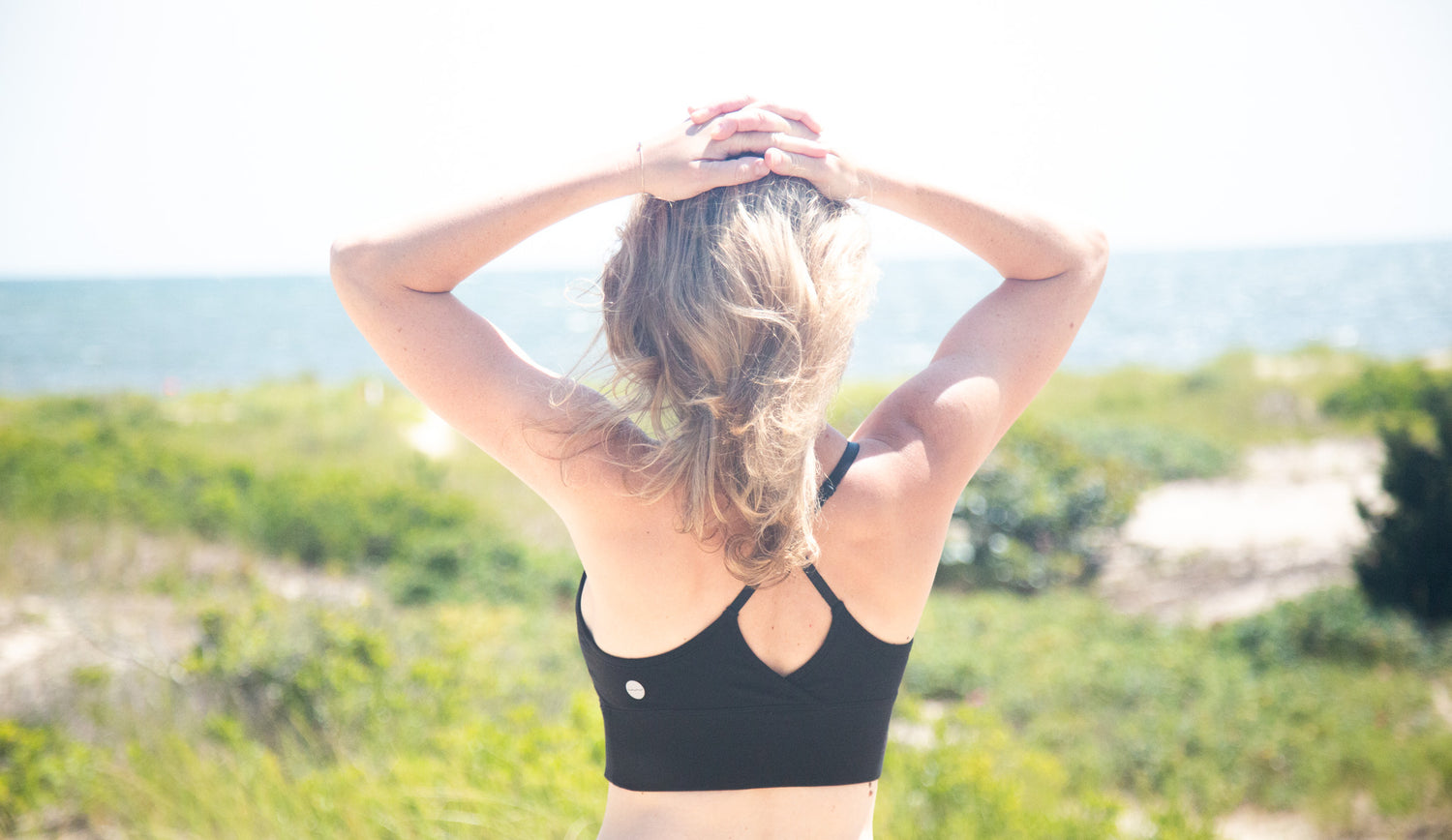Running is a great way to improve cardiovascular health, lose weight, and boost mental wellbeing. But starting can be a daunting task, especially for beginners. This comprehensive guide aims to give you all the necessary tools and knowledge to kick-start your running journey. We'll delve into how to start running and discuss the importance of wearing the right clothing, focusing on the pivotal role of the best sports bra for running.
Why Choose Running?
Running is one of the most efficient ways to get a good dose of exercise. It's easy to start, needs minimal equipment, and you can do it almost anywhere. Running helps improve heart health, builds strong bones, strengthens muscles, burns calories, and can even improve mood and sleep.
How to Start Running
Embarking on a running journey doesn't require a significant upfront commitment. Here are the steps to get you started:
- Check with a Doctor: Especially important if you have chronic health conditions, or if you're above 40 years of age. A quick health check-up can help ensure you're physically prepared to start a new exercise regimen.
- Start Slow: Your body needs time to adjust to the new physical demands. Start by walking, then gradually include running intervals. A popular method is the run/walk method, where you run for a short period, then walk to recover, repeating this cycle throughout the workout. A good benchmark for this run/walk cycle is telephone or utility poles. Most street have them evenly spaced.
- Consistency is Key: Aim for consistency rather than intensity when starting. Try to run at least three times a week. Regularity is more important than distance or speed in the early stages. Your body will build the endurance it needs and you will soon be “a runner”.
- Listen to Your Body: If you feel pain, shortness of breath, or extreme fatigue, it's a sign that you might be pushing yourself too hard. Slow down, rest, and if necessary, seek medical advice.
- Set Goals: Having clear, achievable goals can keep you motivated. It could be running for a certain length of time, covering a specific distance, or preparing for a 5K run.
- Recovery Stretching: Just as important as the actual running activity is to stretch after to prevent tight hamstrings and muscle soreness. About 5 minutes of recovery stretching between touching your toes, holding a runner’s lunge yoga pose or doing walking lunges will help stretch out the muscles you just used and tightened with a running motion.
Choosing the Right Running Gear
Running doesn't require a lot of equipment, but the right gear can make a huge difference in your comfort and performance. Here's what you'll need:
- Running Shoes: Invest in a good pair of running shoes designed to provide the right support and cushioning. Consider having your gait analyzed at a specialized store to get the perfect pair for you. Consider your instep/arches and how much “bounce” you prefer.
- Clothes: Choose clothes made of breathable, quick-drying fabrics. Avoid cotton as it can cause chafing. Dress for the weather - in layers when it's cold and light-colored, loose-fitting clothes when it's hot.
- Sports Bra: For women, a well-fitting sports bra is crucial. It should provide adequate support, be made of breathable material, and fit comfortably without digging into your skin. The best sports bra for running is also moisture wicking so sweat doesn’t linger on your skin and clog pores.
Importance of a High-Quality Sports Bra
A sports bra is a critical piece of clothing for women runners, especially those with larger breasts. It can reduce bounce and prevent pain, discomfort, and long-term sagging. Here's what to look for when choosing a sports bra for running:
- Support: Look for a bra that minimizes movement during running. Compression bras work for smaller cup sizes while encapsulation bras are ideal for larger breasts. Adjustable straps can be an additional, beneficial feature.
- Material: Choose a bra made of breathable, moisture wicking material. This helps keep sweat away from your body, reducing discomfort and chafing.
- Comfort: The bra should feel comfortable when you try it on. It should not be too tight or too loose. Check for any areas that might rub or irritate your skin.
- Adjustable Straps: Adjustable straps can help customize the fit, ensuring optimal support and comfort.
Conclusion
How to start running can seem challenging, but with a knowledgeable approach and appropriate gear, you can make the process smoother. Remember to start slow, be consistent, listen to your body, and equip yourself with the right clothing - especially a good sports bra. Your path to becoming a runner is a marathon, not a sprint, so take your time and enjoy the journey!














